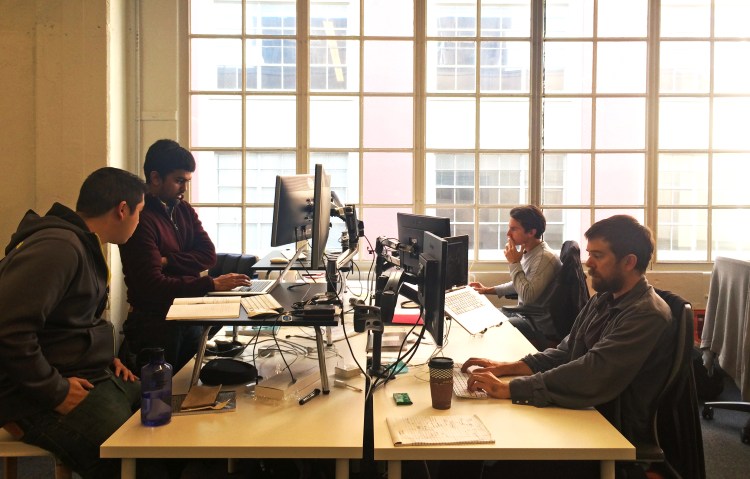Software applications have historically been built with a very specific purpose in mind. Word processors are designed for writing and editing documents, while spreadsheets are for working with numbers. Today’s more modern tools allow you to copy a portion of a spreadsheet and paste it into your written document, or even perform some basic calculations. However, the extent of crossover functionality is limited, and a clear delineation still exists between word processing and spreadsheets.
The same could be said about the business intelligence (BI) space with regard to dashboards and visual discovery. Most BI and analytics solutions available in the market offer separate products for dashboards and discovery, and they are targeted at clearly distinct audiences. Dashboards are typically aimed at “information consumers,” people who need to monitor their business on a regular basis. Visual discovery, on the other hand, is aimed at “information producers,” those who need to explore data to answer questions and deliver insights to the business.
This delineation between both styles of analysis makes broad — and flawed — assumptions about the way people want to work with data, and ends up locking them inside rigid user roles: dashboards are meant for business executives, and visual discovery tools are for data analysts.
The truth, however, lies somewhere in between. While a head of sales might rely on operational dashboards to analyze her quarterly pipeline, she may also need access to a visual discovery environment to ask follow-up questions that may not be answered in a pre-built dashboard. What are the largest opportunities at risk? Is there a correlation between average deal size and sales rep seniority? What is the probability of exceeding target based on past performance?
While this may sound obvious, the reality is few BI solutions support this approach. Today’s BI solutions must adapt to the modern way of working with data, one that allows people to seamlessly transition between dashboards and discovery as part of a single integrated experience. People shouldn’t have to think about what a dashboard is vs. a data visualization. They just want to work with data. By blurring the lines between dashboards and discovery, information consumers can become information producers, making the entire organization significantly more productive.
But it’s not only about how people work with data. It’s also about where they do it. How many of us check our business email shortly after waking up each morning? Or catch up on work on the train ride to the office? The modern work style has untethered us from our desks, and every day we make important business decisions when we’re not sitting in front of our computers.
A recent study by Forrester shows that the percentage of IT leaders who make BI applications available on mobile devices has quadrupled since 2012. And yet, the same report argues that the transformational potential of mobile BI remains under-explored. BI solutions must give people access to insights anywhere they go, connected or disconnected.
Finally, ensuring success with BI and analytics also means recognizing that different people prefer different tools. Despite the existence of centrally sanctioned enterprise standards, today people can easily download a variety of self-service products to analyze their data. Unfortunately this brings with it a greater risk of analytical silos and reporting chaos.
Gartner estimates that, by 2016, less than 10 percent of self-service BI initiatives will be governed sufficiently to prevent inconsistencies that adversely affect the business. In other words, we’ll spend more time arguing about whose numbers are right instead of having meaningful business conversations. BI solutions must adapt to a heterogeneous analytics environment, empowering people to use their tool of choice while giving BI/IT teams the mechanisms to maintain governance.
The modern business landscape demands a new approach to the user experience. One that focuses on how people analyze and explore data, and not on rigid user roles. One that delivers insights anywhere, from the office to the manufacturing floor to the retail store. And one that allows interoperability between different products. Our work styles have evolved. BI and analytics solutions should do the same.
Otherwise, all we are left with are word processors and spreadsheets.
Southard Jones is vice president of product strategy at business intelligence company Birst.


